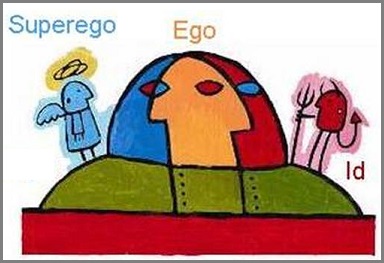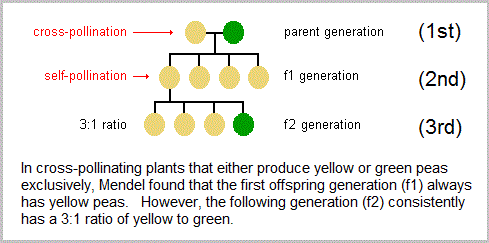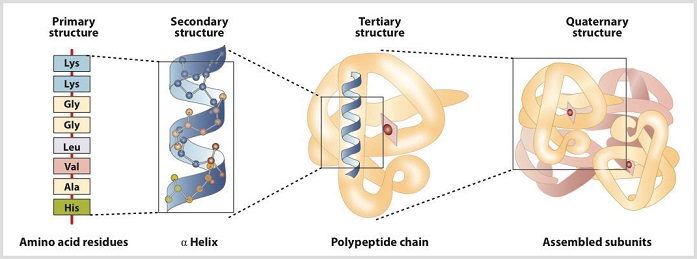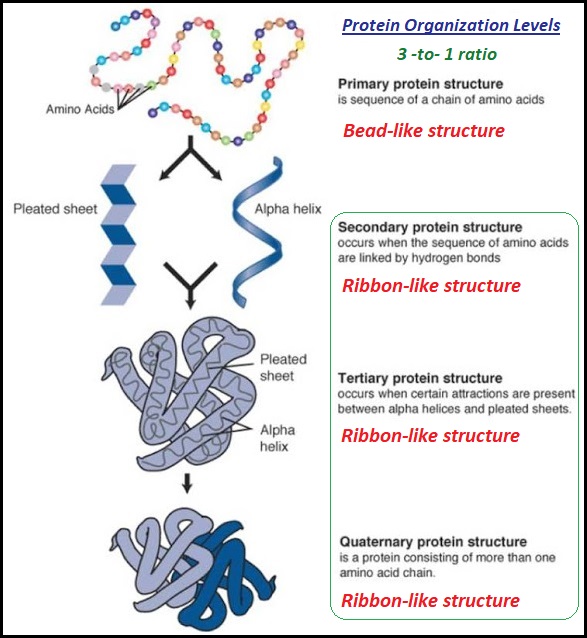page 7
~ The Study of Threes ~
| 1 | 2 | 3 | 4 | 5 |
| 6 | 7 | 8 | 9 | 10 |
Researchers as of 3/17/2021
In order to develop a philosophy using "threes" as a tool for comparative analysis, it is necessary to note that many people don't. While they may have an interest in the number "3" as a favorite number, they have not made the transition to correlating the many three-patterned examples to be found in Anatomy, Biology, Physiology and multiple other subject areas. Not every... and perhaps not most instructors of anatomy teach their students about the "remarkable regularity" of threes as does Dr. McNulty in his List of Threes in human anatomy. In fact, in speaking with different health care professionals over the years, I have not yet found anyone familiar with the idea. The usage of "threes" as a tool of comparative analysis is typically reserved for correlating the presence of "three" in things like religion, mythology, superstitions, Astrology, Tarot card reading, witchcraft, Irish limericks and the like, though some numerologists may provide examples from subjects that don't include the sciences, music or mathematics as illustrated at this site: Mystical Numbers: The Number 3, even though it provides a good representative sampling from different perceptions that a reader may have encountered in their general perusal of different reading material in their respective cultural setting.
However, listing various examples of "threes"... or for that matter, ones (singularity, etc.), twos (duality, dimers, etc.), fours (quad-, etc.), fives (penta-, etc.), sixes, sevens, eights, nines, etc., regardless of the terms being used in a given subject area; it is not enough to just list them unless "one" (a person) is satisfied with the curiosity of the simple comparison. While I will admit that in my distant youthful years I was not only surprised but delighted to witness the presence of the "three" in different subjects, ultimately I came to ask why? And why wasn't there "threes" everywhere unless the non-three patterns had some importance as well.

This then leads one into human cognition and psychology as part of a generalized anatomical, biological and physiological dissection which may occur with some psychiatrists, wherein I came across "threes" examples such as the Id-Ego-Superego and its Ego-centered corollary seen in the Child-Parent-Adult form of Transactional analysis, only to find that there is a old tradition of dissecting the human psyche and emotion into patterns-of-two such as the following list:
|
DR. WARREN R. STREET Note: Dr. Street has retired and removed his page.
|
Let us add one "two" example to the list: Nature - Nurture, though the reader might think to add others.
While psychology students are being taught to look at the "whole" person with respect to anatomy, biology, and physiology as valid spectrums of human psychology, they are none-the-less introduced to an awareness of "twos" but not the very many "threes" of other available patterns, much less compare these in terms of adaptations responding to an incremental deterioration of the Sun-Earth-Moon triad, with respect to the Sun's energy depleting, the Earth's rotation is slowing (affecting the geo-magnetic-dynamo), and the Moon is receding (affecting the tidal "washing machine"); thereby detailing that the adaptive adjustments are physical, mental and emotional rationalizations used in an attempt to sustain some relative equilibrium.
While many a person excuses, explains or interprets a person's behavior according to age (youth, middle age, old age), and in so doing unconsciously take into consideration the presence of an ongoing anatomical, biological and physiological deterioration frequently referred to as "change, growth, maturity", etc., they are not placing the whole of the analysis into the context of the larger planetary deteriorations in which the presence of the many numerically identifiable patterns are not only occurring, but are representative of patterned processes most of us are oblivious to, and for which we humans have not designed instrumentation to help us in such an analysis, because most people are unaware of its existence... or are only aware of it is a superficial manner.
Most people appear to have an interest in pattern recognition for very selfish and superficial reasons that might be summed up in terms of enabling them to exploit one or more people and/or one or more situations. For example, they might think to themselves that such an endeavour as I and others are undertaking is not worthy of their time because it can't help them make a buck, or provide answers for a test, or manipulate someone into a sexual encounter. There only interest is a personal application of information without regard to any larger philosophically-based altruistic concerns for the all of life. In any respect, whatever a reader's motivation for reading the information at this site, they might just encourage another who will take a broader interest.
As for myself, because the recurrence of "threes" is a well-established fact, I take the time to find other patterns such as the three-to-one seen in the Mendelian ratio:

The Father of Genetics, by Sean D. Pitman M.D.
|
A 3:1 Ratio is the relative fraction of phenotypes among progeny (offspring) results following mating between two heterozygotes, where each parent possesses one dominant allele (e.g., A) and one recessive allele (e.g., a) at the genetic locus in question—the resulting progeny on average consist of
one AA genotype (A phenotype) for every one
aa genotype (a phenotype) for every two Aa genotype (A phenotype), thus
three A phenotypes for every one a phenotype. |
|
A 9:3:3:1 Ratio is a ratio of phenotypes among offspring (progeny) that results when two
dihybrids mate, e.g., AaBa × AaBa, where allele A is dominant to allele a, allele
B is dominant to allele b, and the A and B loci otherwise have no impact on each other phenotypically (no epistasis) nor genotypically (no linkage). |
With this pattern in mind, (and it must be on your mind in seeking other occurrences thereof), we find that a recognition thereof in other instances may require unconventional forms of perception. For example, when looking at DNA's so-called "triplet" coding system, the fact that both DNA and RNA utilize Adenosine-Cytosine-Guanine, leads many to overlook the presence of their constituent differences in that DNA has Thymine and RNA has Uracil. They are psychologically "dismissed" or overlooked because the idea of a 3-to-1 ratio does not come to mind. In effect, by looking at both DNA and RNA as comparative models, one may continue to view them as examples of a "three" occurrence, instead of recognizing the presence of a three-to-one ratio that is found in proteins as well. Interestingly, the description of DNA, RNA, and Proteins as "macromolecules", means there are three items under one heading:
| ~ Item ~ | ~ Three the same ~ | ~ One is different ~ |
| DNA = | Adenosine- Cytosine- Guanine | Thymine |
| RNA = | Uracil |
Yet, the "three the same, one is different" notion is not readily appreciated if we were to look separately at either DNA or RNA. Such an apparent distinction requires both to be placed side-by-side in order for us to make the comparison and highlight the existence of such a pattern. However, once the generalized idea of a "3 to 1" ratio is consciously affixed to our considerations, a list of other examples starts to gain application to various ideas that would otherwise suggest a pattern-of-four to an unsuspecting collector of diverse information, whether or not their research intent is to describe a recurrence that another prefers to use a numerical label in order to record the instance. The 3 to 1 ratio has thus become another cataloguing tool that is differentiated from and complementary to a strict "threes" formula.
And let us now add a simplified perspective of Protein structure (though there are others):
| Item | --- Three the same --- | --- One is different --- |
| Protein = | Primary- Secondary - Tertiary conformations | Quaternary as a composite of the first three |
| Protein = | 3 ribbon-like conformations: Secondary - Tertiary - Quaternary | 1 bead-like conformation: Primary |
| Macromolecules: | DNA | RNA | Proteins |
|---|---|---|---|
| A "3:1 protein" ratio typically refers to a dietary intake ratio of 3 parts carbohydrates to 1 part protein, often used for post-workout recovery or for endurance athletes. This ratio is thought to be beneficial for replenishing glycogen stores and promoting muscle recovery after exercise. | |||
| Encodes genetic information | Yes | Yes | No |
| Catalyzes biological reactions | No | Yes | Yes |
| Building blocks (type) | Nucleotides | Nucleotides | Amino acids |
| Building blocks (number) | 4 | 4 | 20 |
| Strandedness | Double | Single | Single |
| Structure | Double helix | Complex | Complex |
| Stability to degradation | High | Variable | Variable |
| Repair systems | Yes | No | No |
Because of the double-stranded nature of DNA, essentially all of the nucleotides take the form of Watson-Crick base pairs between nucleotides on the two complementary strands of the double-helix.
In contrast, both RNA and proteins are normally single-stranded. Therefore, they are not constrained by the regular geometry of the DNA double helix, and so fold into complex three-dimensional shapes dependent on their sequence. These different shapes are responsible for many of the common properties of RNA and proteins, including the formation of specific binding pockets, and the ability to catalyze biochemical reactions.
The architecture of proteins exhibits a 3-to-1 ratio, though many readers might prefer to see a transitional overlapping. In the present case, either the primary or quaternary structure may be viewed as the "odd man out", and even though some may prefer to look upon the primary and secondary configurations as a partnership due to simplicity, and the tertiary/quaternary impressions as expressions of complexity that belong together... whereby a 2 X 2 formula is viewed:

The Basics of General, Organic,and Biological Chemistry- section 18.4, Proteins
With respect to strandedness, the conformation of proteins exhibits a three-to-one profile:

Page initially created: Thursday, 10-August-2017... 4:49 AM
Initial Posting: Thursday, 07-Sept-2017... 5:18 PM
Updated Posting: Monday, 18 August, 2025... 12:18 PM